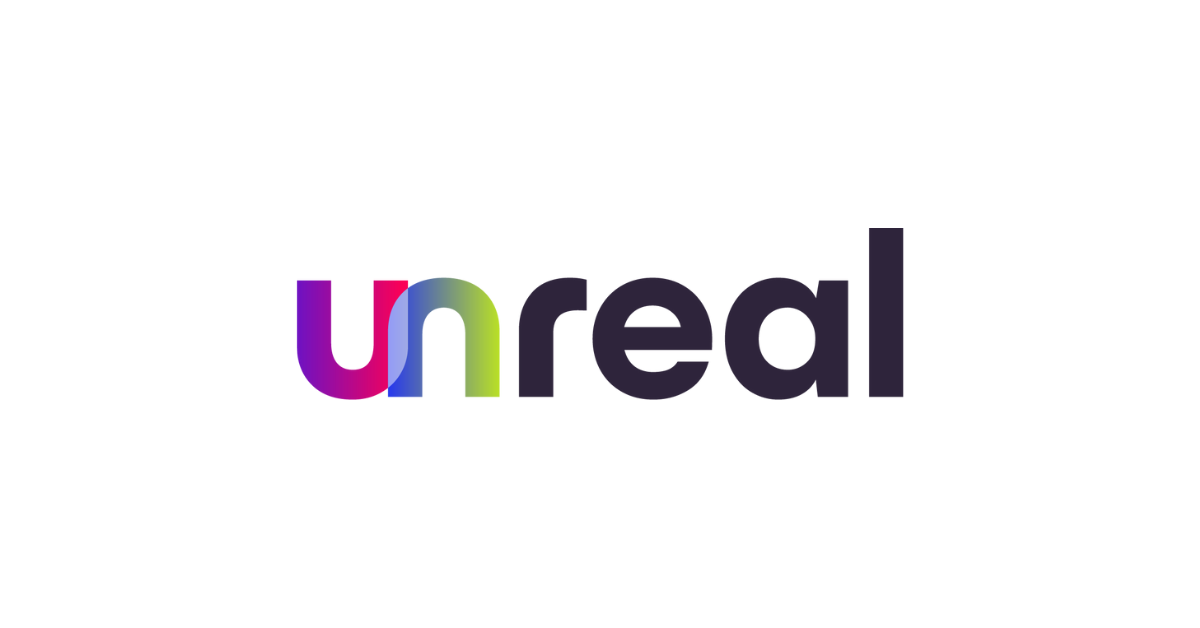Measuring the ROI of Revenue Operations: Key Metrics and Strategies
Let's be honest, we're all obsessed with revenue. As sales and marketing professionals, we live and breathe it. We're constantly experimenting with new strategies, tools and technologies to boost those numbers and drive business growth.
In recent years, Revenue Operations (RevOps) has become the go-to approach for aligning teams, streamlining processes and squeezing every ounce of potential out of our revenue engine.
The catch is it's not enough to just implement it. We need to prove its value.
We need to show those stakeholders exactly how those RevOps investments are translating into cold, hard cash.
That's where ROI comes in, of course. Measuring the return on investment of your RevOps initiatives is critical for securing buy-in, justifying budgets and fine-tuning your strategies for maximum impact. RevOps is the fuel, and ROI is the gauge that tells you how far that fuel is taking you.
Why RevOps ROI Matters
Companies with strong RevOps capabilities see a 10-20% jump in sales growth, according to a recent study by the Boston Consulting Group. (WOW!)
Why such a significant boost? Because RevOps is like a superhero team-up for your revenue engine. It breaks down those pesky silos between sales, marketing and customer success, allowing them to work together seamlessly. It streamlines processes, eliminates bottlenecks and provides those data-driven insights we all crave to make smarter decisions.
But here's the thing: many companies struggle to actually measure the impact of their RevOps investments. It's like throwing a fantastic party but forgetting to take pictures—you know it was a blast, but you can't quite prove it to anyone who wasn't there.
That's where mastering the art of measuring RevOps ROI comes in. By tracking the right metrics and analyzing the data, you can confidently demonstrate the value of your RevOps efforts. This not only helps you secure buy-in from those higher-up but also allows you to continuously refine your strategies for optimal results.
Unmasking the Metrics: KPIs of RevOps
Okay, so we're on a mission to measure RevOps ROI. But where do we even begin? It all starts with identifying the right Key Performance Indicators (KPIs). These are the vital signs of your revenue engine, telling you what's working, what's not and where you can improve.
Think of KPIs as your RevOps compass, guiding you towards success. Now, not all KPIs are created equal. You need to choose the ones that truly align with your business goals. To get you started, here are some of the most critical RevOps KPIs to keep on your radar:
- Annual Recurring Revenue (ARR): This is the holy grail for subscription-based businesses. ARR gives you a clear picture of that sweet, predictable revenue coming in. If your ARR is climbing, it's a strong signal that your RevOps strategies are attracting and retaining customers like a charm.
- Customer Acquisition Cost (CAC): If you’ve heard the saying, “You gotta spend money to make money,” then you should know CAC tells you exactly how much you're spending to acquire each new customer. The lower your CAC, the more efficient your sales and marketing machine is—a sure sign that RevOps is working its magic.
- Customer Lifetime Value (CLTV): This KPI is all about the long game. CLTV represents the total revenue you can expect from a single customer throughout their entire journey with your company. A growing CLTV means you're not just winning customers, you're building lasting relationships—a testament to the power of RevOps in enhancing customer satisfaction.
- LTV:CAC Ratio: This dynamic duo gives you a powerful snapshot of your profitability. Think of it as a balancing act—you want a high LTV (customers sticking around and spending more) and a low CAC (spending less to acquire them). A healthy LTV:CAC ratio means you're striking the perfect balance and maximizing your return on investment.
- Sales Cycle Length: Time is money, right? This KPI measures how long it takes to close a deal, from the initial “hello” to the final handshake—or digital signature! RevOps aims to grease the wheels and shorten that sales cycle by optimizing processes and removing any roadblocks.
- Lead-to-Opportunity Conversion Rate: Not all leads are created equal. This metric tells you what percentage of those qualified leads are transforming into promising sales opportunities. A high conversion rate means your RevOps strategies are effectively nurturing those leads and guiding them smoothly through the sales funnel.
- Customer Churn Rate: Losing customers is like a leaky bucket—it drains your revenue and your resources. This KPI tracks how many customers are saying "sayonara" and helps you identify areas for improvement. RevOps plays a crucial role in reducing churn by ensuring customers are happy, engaged and getting the most out of your products or services.
- Lead Conversion Rate: This tells you how many of your leads are actually turning into paying customers.
- Average Deal Size: This gives you a sense of the value of your average deal.
- Sales Velocity: This measures how quickly deals are zooming through your sales pipeline.
Beyond the Numbers: Tracking and Analyzing RevOps Metrics
Now, simply tracking these KPIs isn't enough. It's like having a treasure map but not knowing how to read it. You need to dive deep into the data and uncover those hidden gems of insight. This involves:
- Data Integration: Connect all the dots! Integrate your CRM, marketing automation platform and any other relevant tools to get a complete picture of your revenue operations for sales enablement.
- Data Quality: Garbage in, garbage out, right? Make sure your data is squeaky clean and consistent to ensure your analysis is on point.
- Analytical Techniques: Don't just stare at spreadsheets! Use powerful analytical methods like cohort analysis, regression analysis and A/B testing to extract those "aha!" moments from your data.
Show Me the Money: Calculating the ROI of RevOps Investments
Alright, let's get down to brass tacks. How do you actually calculate the ROI of your RevOps initiatives? It's all about comparing what you're spending (technology, salaries, consultants) to the revenue boost you're getting in return.
Here's a quick-and-dirty example:
Imagine you invest $50,000 in a shiny new RevOps automation tool and see your annual revenue jump by $200,000.
- First, subtract your investment from that sweet revenue gain: $200,000 - $50,000 = $150,000 (That's your net profit!).
- Next, divide that profit by your initial investment: $150,000 / $50,000 = 3
- Finally, multiply by 100 to get your ROI percentage: 3 x 100 = 300%
Boom! In this scenario, your RevOps investment just scored you a 300% ROI. Now that's something to celebrate!
Painting the Picture: Reporting on RevOps Performance
You've got the data, you've crunched the numbers, now it's time to share the good news. But don't just drown your stakeholders in spreadsheets. Present your findings in a way that's clear, concise and visually engaging.
- Data Visualization: A picture is worth a thousand words, right? Use charts and graphs (line graphs for trends, bar charts for comparisons, pie charts for proportions) to bring your data to life and highlight those key takeaways.
- Dashboards: Create dynamic dashboards that provide a comprehensive overview of your RevOps performance. Think of it as your RevOps command center, where you can monitor all the vital signs at a glance.
- Storytelling: Numbers alone can be boring. Weave a compelling narrative around your data to capture your audience's attention and demonstrate the real-world impact of your RevOps initiatives.
RevOps in Action: Continuous Improvement
Remember, measuring RevOps ROI isn't a one-and-done deal. It's an ongoing journey of continuous improvement. By consistently tracking, analyzing and reporting on your performance, you can fine-tune your strategies, unlock new levels of revenue growth and prove the undeniable value of your RevOps investments.
Ready to take your RevOps game to the next level? Get in touch with us to talk about how we can help you achieve those ambitious revenue goals.


